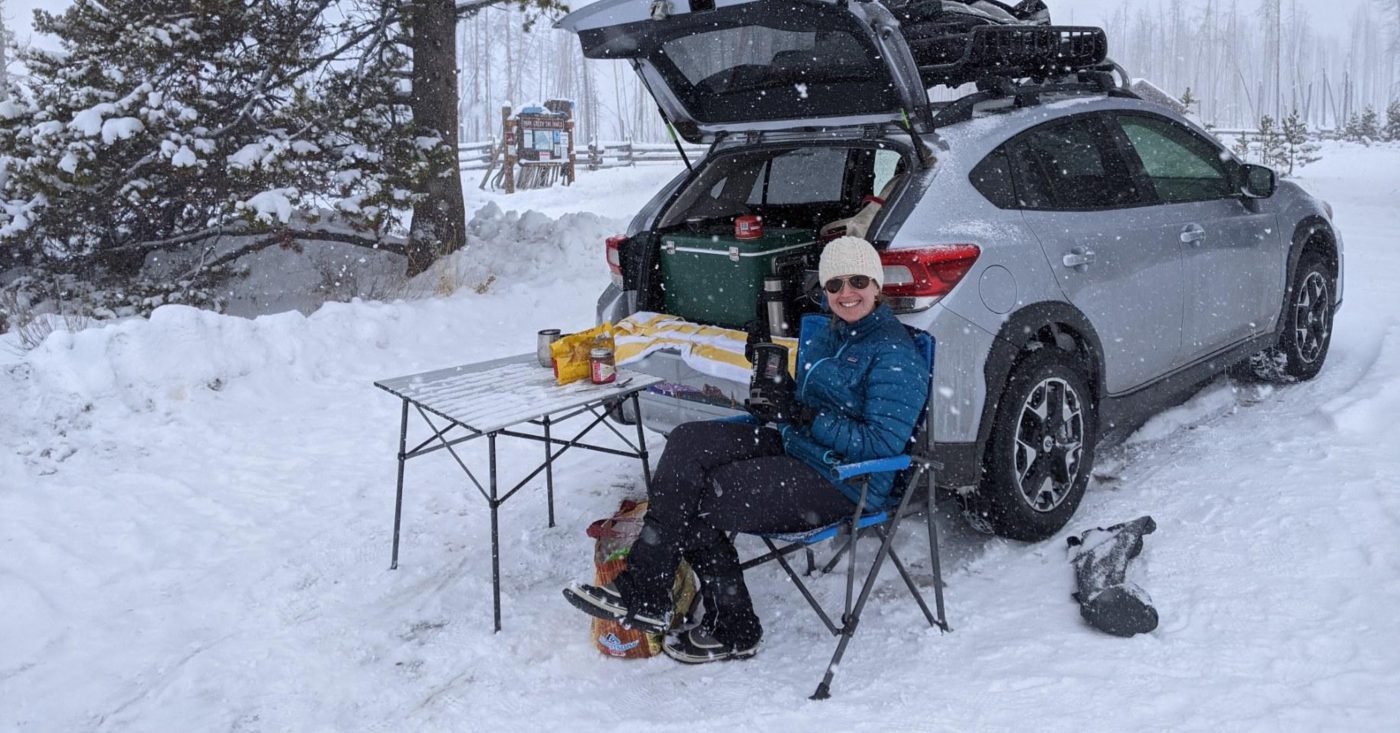No products in the cart.
Choosing the right outdoor clothing is essential for staying comfortable, protected, and prepared during various outdoor activities. Whether you’re hiking, camping, or engaging in other adventures, selecting clothing that suits the environment and weather conditions is crucial. Here’s a guide to essential outdoor clothing and considerations for different activities:
Base Layer:
Material:
- Choose moisture-wicking materials like merino wool or synthetic fabrics to keep sweat away from your skin.
Top:
- Long-sleeved for sun protection or warmth.
- Consider a zip-neck for temperature control.
Bottom:
- Full-length leggings or pants depending on the weather.
- Again, opt for moisture-wicking materials.
Insulating Layer:
Material:
- Down or synthetic insulation for warmth.
Top:
- Insulating jackets or vests.
- Fleece or down-filled options are popular.
Bottom:
- Insulated pants for extremely cold conditions.
Outer Layer (Shell):
Material:
- Waterproof and breathable materials like Gore-Tex for rain and wind protection.
Top:
- Waterproof and windproof jacket with a hood.
- Consider a shell with ventilation options for breathability.
Bottom:
- Waterproof and windproof pants or bibs for rainy or snowy conditions.
Headwear:
Hat:
- Brimmed hat for sun protection.
- Insulated beanie for cold weather.
Buff or Neck Gaiter:
- Versatile for neck protection or head coverage.
Gloves:
- Waterproof gloves for wet conditions.
- Insulated gloves or mittens for cold weather.
Footwear:
Hiking Boots:
- Sturdy, waterproof, and comfortable boots for hiking.
- Consider the terrain when choosing between low-cut or high-cut options.
Socks:
- Moisture-wicking socks to prevent blisters.
- Choose sock thickness based on temperature and activity level.
Accessories:
Sunglasses:
- UV protection for eye safety.
Backpack:
- Depending on the activity, choose a backpack with appropriate capacity and features.
Rain Cover:
- For your backpack in case of rain.
Trekking Poles:
- Provide stability during hikes.
Considerations for Different Activities:
Hiking:
- Opt for moisture-wicking and breathable fabrics.
- Wear sturdy, comfortable hiking boots.
Camping:
- Pack versatile layers for varying temperatures.
- Consider thermal layers for cold nights.
Winter Sports:
- Insulated and waterproof layers are crucial.
- Dress in layers for temperature regulation.
Trail Running:
- Choose lightweight, breathable clothing.
- Moisture-wicking materials are essential.
Remember to check weather forecasts and tailor your clothing choices based on the specific conditions of your outdoor adventure. Layering is key for adapting to changing temperatures, and investing in high-quality, durable outdoor clothing can significantly enhance your overall experience.
Packsture
Packsture is your home for quality outdoor recreation apparel and gear for snowboarding, rock climbing, hiking, and camping.

